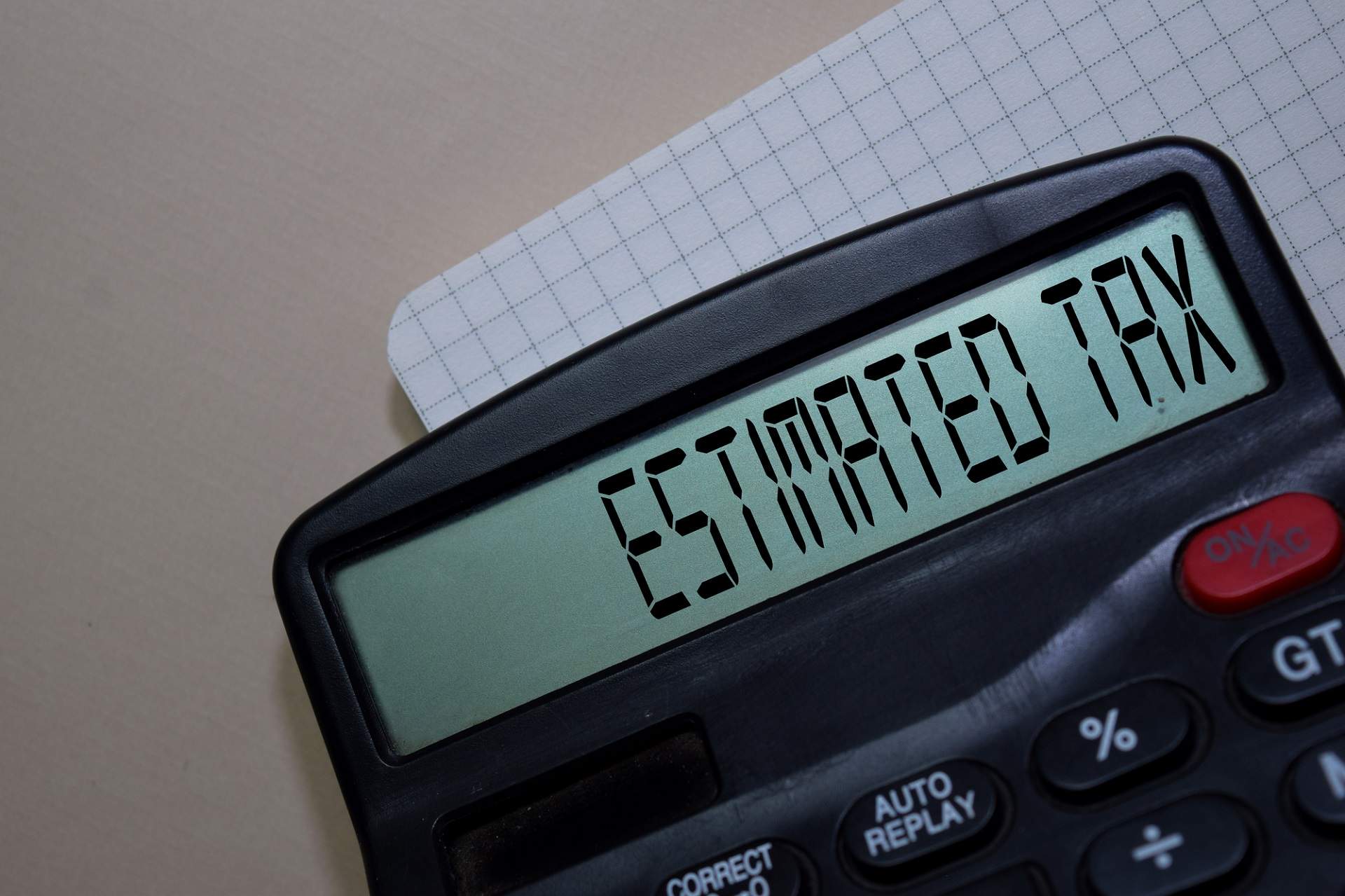Sept. 15, 2021, is the deadline for third quarter estimated tax payments.
This generally applies to people who are self-employed and some investors, retirees and those who may not normally have taxes withheld from their paycheck by their employers.
The U.S. tax system operates on a pay-as-you-go basis. This means taxpayers are to pay most of their tax during the year, as they earn or receive income. Therefore, individuals not subject to withholding may need to make quarterly estimated tax payments.
Who should pay quarterly?
In most cases, taxpayers should make quarterly estimated tax payments for 2021 if both of the following apply:
- Individuals expect to owe at least $1,000 in tax for 2021 after subtracting their withholding and tax credits.
- They expect their withholding and tax credits to be less than the smaller of:
- 90% of the tax to be shown on their 2021 tax return or
- 100% of the tax shown on their 2020 tax return. Their 2020 tax return must cover all 12 months.
Taxpayers with income not subject to withholding, including interest, dividends, capital gains, alimony, cryptocurrency and rental income, normally make estimated tax payments.
Special rules apply to some groups of taxpayers, such as farmers, fishermen, casualty and disaster victims, those who recently became disabled, recent retirees and those who receive income unevenly during the year. Publication 505, Tax Withholding and Estimated Tax, provides more information on estimated tax rules. The worksheet in Form 1040-ES, Estimated Tax for Individuals, or Form 1120-W, Estimated Tax for Corporations, has details on who must pay estimated tax.
Penalty for underpayment
If a taxpayer underpaid their taxes, they may have to pay a penalty. This applies whether they paid through withholding or through estimated tax payments. A penalty may also apply for late estimated tax payments even if someone is due a refund when they file their tax return.


Facebook Comments